LEVANTAMENTO DE PONTOS DE ALAGAMENTO NO MUNICÍPIO DE CURITIBA ATRAVÉS DE DADOS VOLUNTÁRIOS E PESQUISAS COM FORMULÁRIOS ELETRÔNICOS ONLINE
INTRODUCTION: With the increase in the global population and the ever-accelerating process of urbanization, permeable areas in urban centers are becoming increasingly scarce, which drastically interferes with the natural water cycle and, together with various other factors, causes flooding. AIMS: This research, carried out in the city of Curitiba – Paraná, Brazil, stems from the clear need to review the theoretical references linked to how citizen science and the collection of voluntary data can help locate these flooding points in the city. This work seeks to identify flooding spots in the municipality of Curitiba through voluntary data and the creation of surveys using online electronic forms and begins by carrying out a bibliographic survey through a systematic literature review, with themes pertinent to voluntary data. In addition, a media survey of flooding spots in the city of Curitiba – Paraná was carried out and the aim is to create a drive to obtain voluntary data from videos and images of flooding in the city of Curitiba MATERIALS AND METHODS: To carry out the systematic literature review, specific research techniques and methods were followed. Firstly, the choice of terms to develop a systematic literature review that could cover the forms of voluntary citizen participation used was very important for obtaining the expected results and, in addition, specific filters and combinations of terms were used. Two pieces of software were used in this research and two different databases were consulted. For the media survey, filters were also used to separate out the most relevant news for the research. RESULTS: Tables were assembled from the search results. In the tables referring to the systematic literature review, it was possible to see that the method of filtering articles was successful and that there is a large quantitative difference between the two databases consulted in the research. In the media survey, carried out through internet searches, it was possible to see that the news about flood spots in the Curitiba region is very vague and lacks the information that is extremely important for accurately locating the affected spots, which further reinforced the need for citizen science to be used as a way of mapping and locating flood spots in the city. FINAL CONSIDERATIONS: It can be concluded that the systematic literature review, up to the stage it has reached, is following exactly the expected path. In addition, the media survey reinforced the need to create a tool capable of extracting directly from the population the places where floods and flooding points occur. To create this tool, which in this case is a drive to obtain voluntary data from videos and images of flooding, a few issues still need to be considered, but the project is under development.
KEYWORDS: 1. Citizen Science; 2. Voluntary data; 3. Flooding; 4. Flood; 5. Flooding spots.




